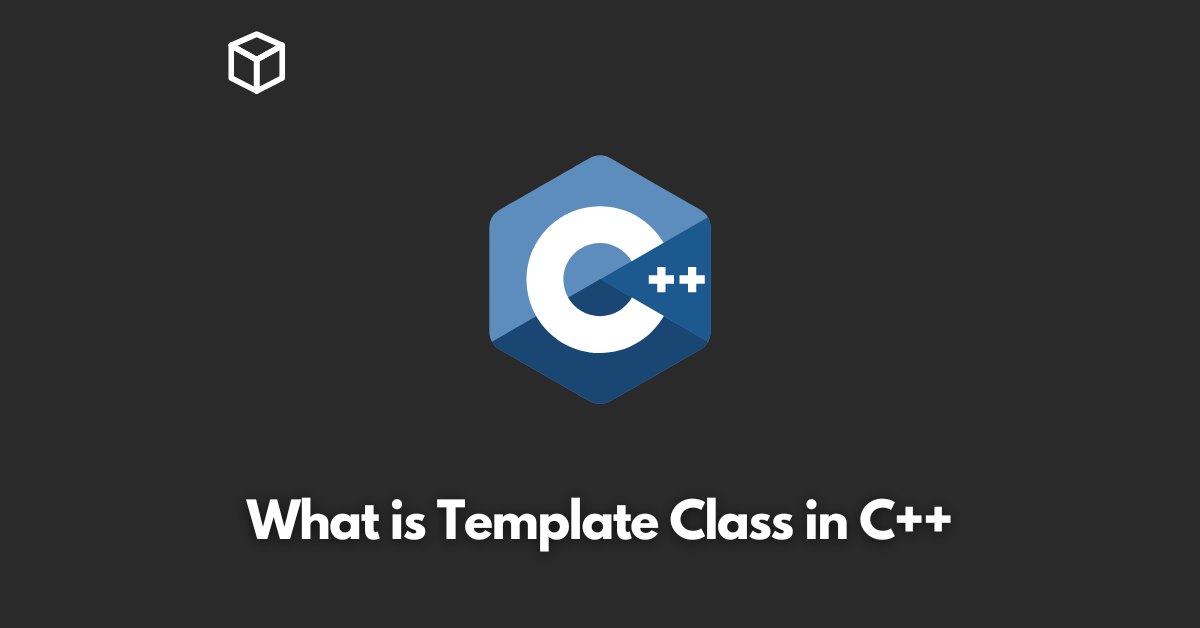In the world of C++ programming, template classes are a powerful tool that can greatly simplify the process of creating classes that work with multiple data types.
These classes are called generic classes, and they provide a way to write a single class that can be used with different types of data, rather than having to create a separate class for each data type.
In this article, we will take a closer look at template classes, including the syntax and usage, creating specialized versions, and potential limitations.
Creating Classes in C++
When it comes to creating classes in C++, traditional class creation can be quite time-consuming.
For example, if you need to create a class that works with different types of data, such as integers and strings, you would need to create two separate classes.
This is where template classes come in. A template class is a type of generic class that can be used with multiple data types.
This means that you can write a single class that can be used with different types of data, rather than having to create a separate class for each data type.
Syntax and usage
Creating a template class in C++ is relatively straightforward. The basic syntax for creating a template class is as follows:
template <class T>
class className {
...
};
In this example, T is a placeholder for the data type that will be used with the class. When the class is instantiated, the programmer can specify the actual data type that will be used.
For example, let’s say we have a template class called MyTemplate that is designed to work with integers. We can instantiate this class as follows:
MyTemplate<int> myObject;
This creates an object of the MyTemplate class that works with integers. We can also use the same class with other data types, such as strings:
MyTemplate<string> myStringObject;
This creates an object of the MyTemplate class that works with strings.
One of the main advantages of using template classes is that it allows for code reusability.
Instead of having to create separate classes for each data type, you can create a single class that can be used with multiple data types.
This can greatly reduce the amount of code that needs to be written and can make it easier to maintain and update your code.
Template class specialization
While template classes are quite versatile, there may be times when you need to create a specialized version of a template class for a specific data type.
This is known as template class specialization.
To create a specialized version of a template class, you use the template <> syntax, followed by the class definition.
For example, let’s say you have a template class called MyTemplate, and you want to create a specialized version that works specifically with integers. The syntax would look like this:
template<>
class MyTemplate<int> {
...
};This creates a specialized version of the MyTemplate class that can only be used with integers.
Template class limitations
While template classes are a powerful tool, there are some limitations to be aware of.
One potential issue is that template classes can increase the size of the binary executable file, as the compiler generates code for each data type that is used with the class.
Additionally, template classes can make it more difficult to understand and maintain the code, as the programmer must be familiar with the concepts of template classes.
To avoid these limitations, it is important to use template classes judiciously and to keep the code as simple as possible.
Additionally, it is important to properly document and comment your code, as this can make it easier for others to understand and maintain.
Conclusion
In conclusion, template classes in C++ are a powerful tool that can greatly simplify the process of creating classes that work with multiple data types.
By using template classes, you can write a single class that can be used with different types of data, rather than having to create a separate class for each data type.
Additionally, template classes allow for code reusability and can make it easier to maintain and update your code.
However, there are some limitations to be aware of, such as the increased size of the binary executable file and the potential for more complex code.
By using template classes judiciously and properly documenting and commenting your code, you can make the most of this powerful tool.
For more information on template classes in C++, there are many resources available online, including the C++ Standard Template Library (STL) documentation.
Additionally, many books and tutorials on C++ programming cover template classes in depth.
With the right resources, you can become an expert in using template classes to simplify your C++ programming and improve the maintainability and reusability of your code.




